#wildlifer
Explore tagged Tumblr posts
Text

Plant a Bee-friendly (and butterfly friendly) garden!
See higher quality image and find out more:
PollinatorGardenBrochure.pdf (sierraclub.org)
#gardening#gardens#plants#pollinators#wildlifer#home#home and garden#conservation#environment#nature#animals#bees#butterflies#insects
485 notes
·
View notes
Text

The shape of a fish's caudal tail can tell you a lot about how fast the fish moves! A rounded tail is the slowest and a lunate tail is the fastest! The lunate tail has the most optimal ratio of high thrust and low draw, making it the fastest.
Ichthyology Notes 2/?
#marine biology#science#biology#wildlife#marine life#ocean#animals#marine ecology#animal facts#fun facts#fish#fishies#zoology#fish anatomy#anatomy#fish facts#ichthyology
42K notes
·
View notes
Text
tiny death roll
21K notes
·
View notes
Text

Not only are the Comedy Wildlife Photo Award winners all excellent, the banner announcements are glorious when taken out of context.
22K notes
·
View notes
Text
A manatee rescue that I follow responded to a call about a female manatee with two calves because one of her babies had been injured by a boat strike. The entire family was temporarily relocated from the wild into a wildlife rehab facility for the injured male calf to undergo treatment. While there, vets noted the female calf was significantly larger than the little injured male. They did genetic testing and determined that big sister calf actually wasn’t related to the other two manatees at all! She was in fact an orphan calf that the adult manatee had found and taken in to care for right alongside her own little one.
Wild to think this manatee calf was literally adopted and nobody would have ever known if it weren’t for random coincidence and human curiosity. Every animal that you cross paths with in life has a fascinating personal story that you’ll only ever catch a glimpse of (and that’s if you’re lucky).
32K notes
·
View notes
Text
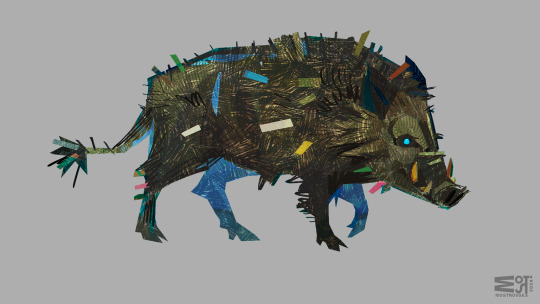
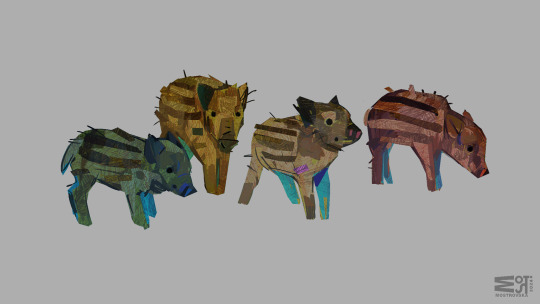
Boar and boar babies
37K notes
·
View notes
Text
20K notes
·
View notes
Text
YOINK!
Source: US fish and wildlife service on instagram (https://www.instagram.com/reel/C817Hl-qrm-/)
#black footed ferret#ferret#us fish and wildlife service#animals#today i learned “usfw” on tumblr is used for “unsafe for work”
21K notes
·
View notes
Text
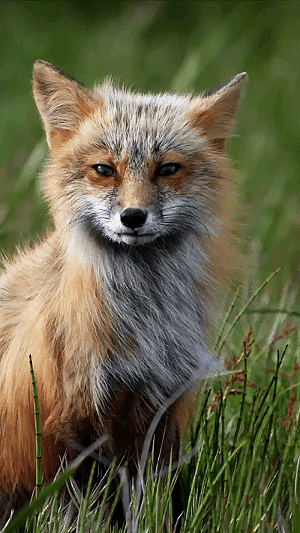
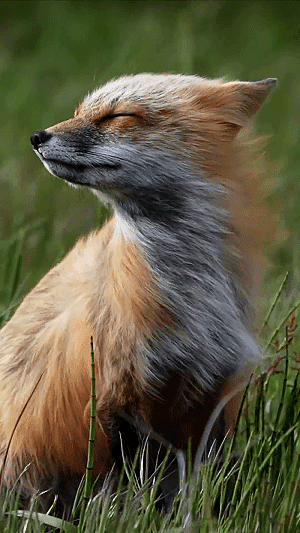
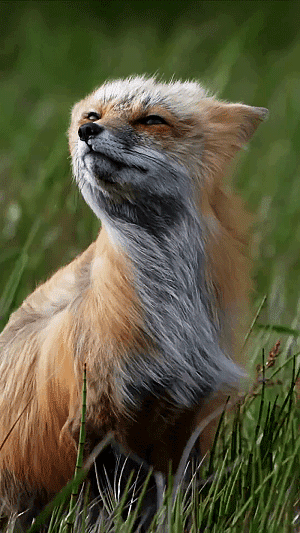

(x)
64K notes
·
View notes
Text

looks at you like this
36K notes
·
View notes
Text
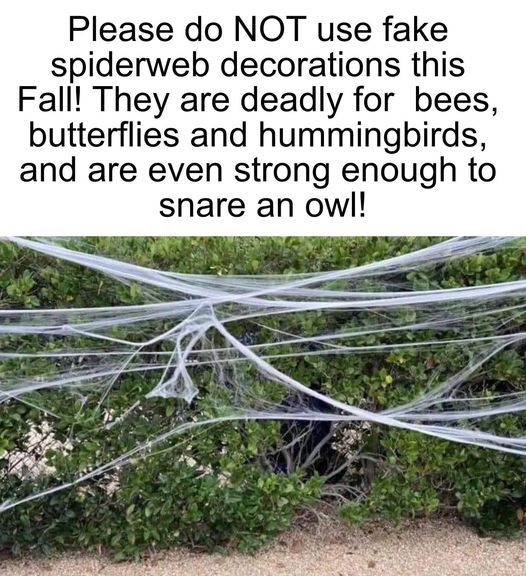
All of my friends that work at wildlife rehab centers have had to untangle animals from this stuff, or had animals brought in that died in it. This is especially nasty for small owl species.
33K notes
·
View notes
Text
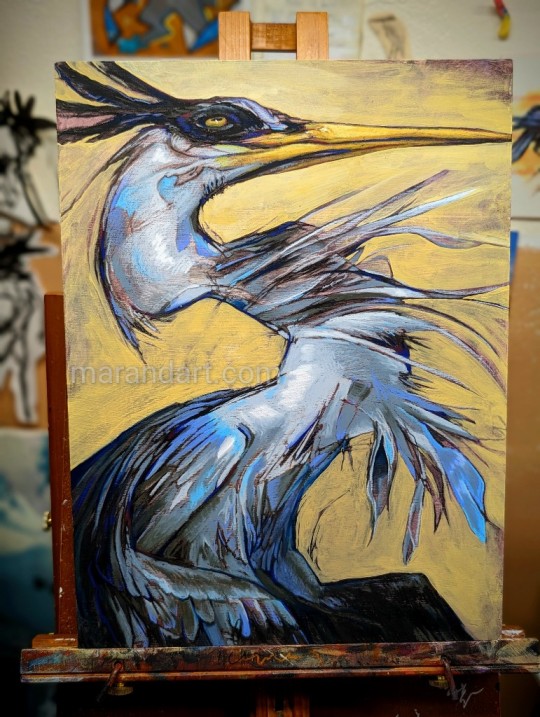
"Nihilist Heron" 12"x16" acrylic, conté crayon, wax pastel on reclaimed support
Herons have captured my attention lately. I love their feathers and shapes.
#heron#great blue heron#bird#birds#wildlife#wildlife art#art#traditional art#animal art#painting#acrylic#mixed media#feathers#expressionistic#abstracted
66K notes
·
View notes
Text
Lion kneading/making biscuits
(Source)
#lion#lions#lions of tumblr#knead#kneading#animals#baby animals#aww#cute#wholesome#nature#wildlife#video#babyanimalgifs
33K notes
·
View notes
Text
Yawning is so contagious
(Source)
#cat#cats#cats of tumblr#wildlife#wild animals#wild cats#cat life#cat lovers#caturday#nature#aww#cute#wholesome#cute cats#video#justcatposts
42K notes
·
View notes
Text
When I was in vet school I went to this one lecture that I will never forget. Various clubs would have different guest lecturers come in to talk about relevant topics and since I was in the Wildlife Disease Association club I naturally attended all the wildlife and conservation discussions. Well on this particular occasion, the speakers started off telling us they had been working on a project involving the conservation of lemurs in Madagascar. Lemurs exist only in Madagascar, and they are in real trouble; they’re considered the most endangered group of mammals on Earth. This team of veterinarians was initially assembled to address threats to lemur health and work on conservation solutions to try and save as many lemur species from extinction as possible. As they explored the most present dangers to lemurs they found that although habitat loss was the primary problem for these vulnerable animals, predation by humans was a significant cause of losses as well. The vets realized it was crucial for the hunting of lemurs by native people to stop, but of course this is not so simple a problem.
The local Malagasy people are dealing with extreme poverty and food insecurity, with nearly half of children under five years old suffering from chronic malnutrition. The local people have always subsisted on hunting wildlife for food, and as Madagascar’s wildlife population declines, the people who rely on so-called bushmeat to survive are struggling more and more. People are literally starving.
Our conservation team thought about this a lot. They had initially intended to focus efforts on education but came to understand that this is not an issue arising from a lack of knowledge. For these people it is a question of survival. It doesn’t matter how many times a foreigner tells you not to eat an animal you’ve hunted your entire life, if your child is starving you are going to do everything in your power to keep your family alive.
So the vets changed course. Rather than focus efforts on simply teaching people about lemurs, they decided to try and use veterinary medicine to reduce the underlying issue of food insecurity. They supposed that if a reliable protein source could be introduced for the people who needed it, the dependence on meat from wildlife would greatly decrease. So they got to work establishing new flocks of chickens in the most at-risk communities, and also initiated an aggressive vaccination program for Newcastle disease (an infectious illness of poultry that is of particular concern in this area). They worked with over 600 households to ensure appropriate husbandry and vaccination for every flock, and soon found these communities were being transformed by the introduction of a steady protein source. Families with a healthy flock of chickens were far less likely to hunt wild animals like lemurs, and fewer kids went hungry. Thats what we call a win-win situation.
This chicken vaccine program became just one small part of an amazing conservation outreach initiative in Madagascar that puts local people at the center of everything they do. Helping these vulnerable communities of people helps similarly vulnerable wildlife, always. If we go into a country guns-blazing with that fire for conservation in our hearts and a plan to save native animals, we simply cannot ignore the humans who live around them. Doing so is counterintuitive to creating an effective plan because whether we recognize it or not, humans and animals are inextricably linked in many ways. A true conservation success story is one that doesn’t leave needy humans in its wake, and that is why I think this particular story has stuck with me for so long.
(Source 1)
(Source 2- cool video exploring this initiative from some folks involved)
(Source 3)
#we can save the world just maybe not in the way we’d planned#long post#scicomm#conservation#lemurs#wildlife#ecology#animals#vet med#veterinary medicine#One Health
34K notes
·
View notes